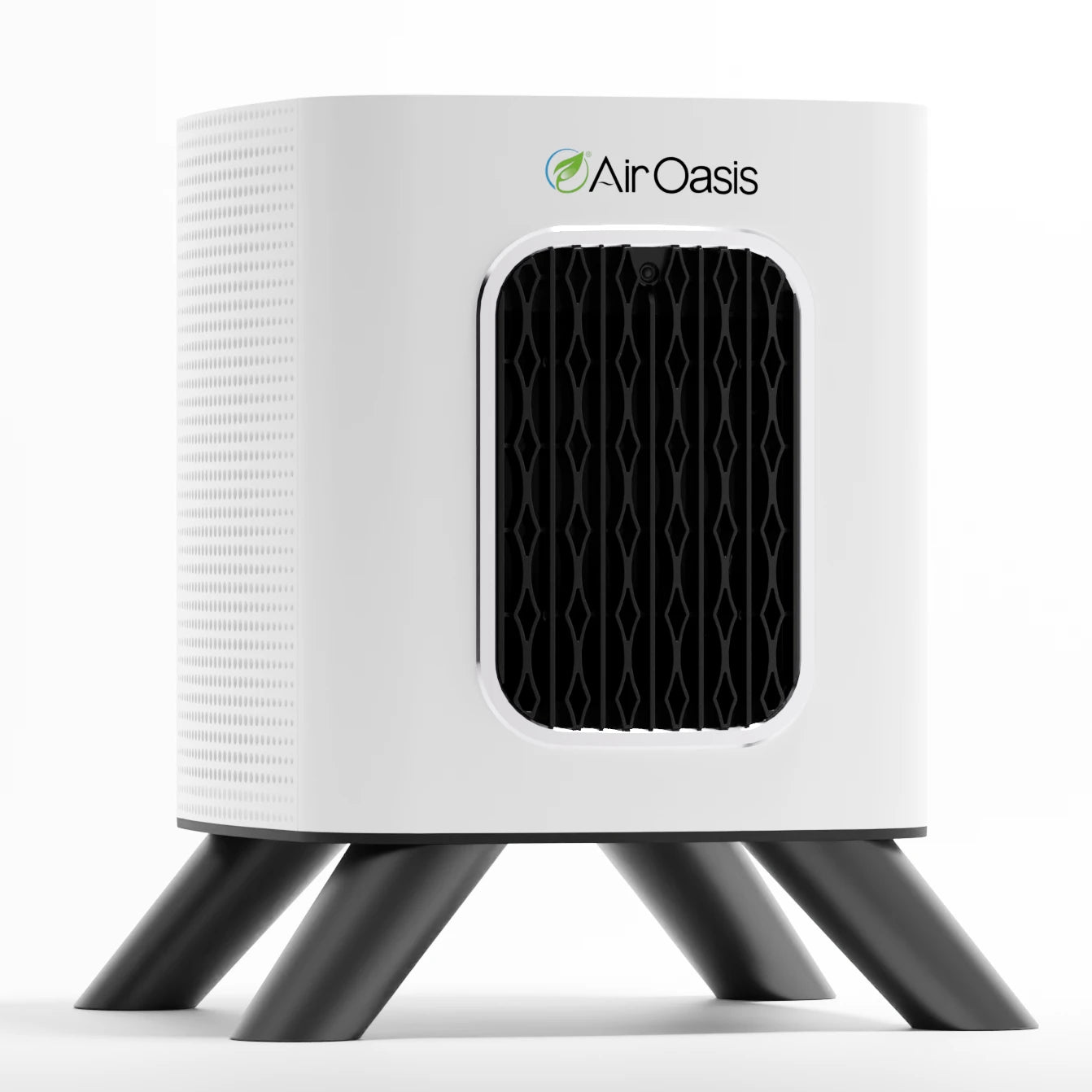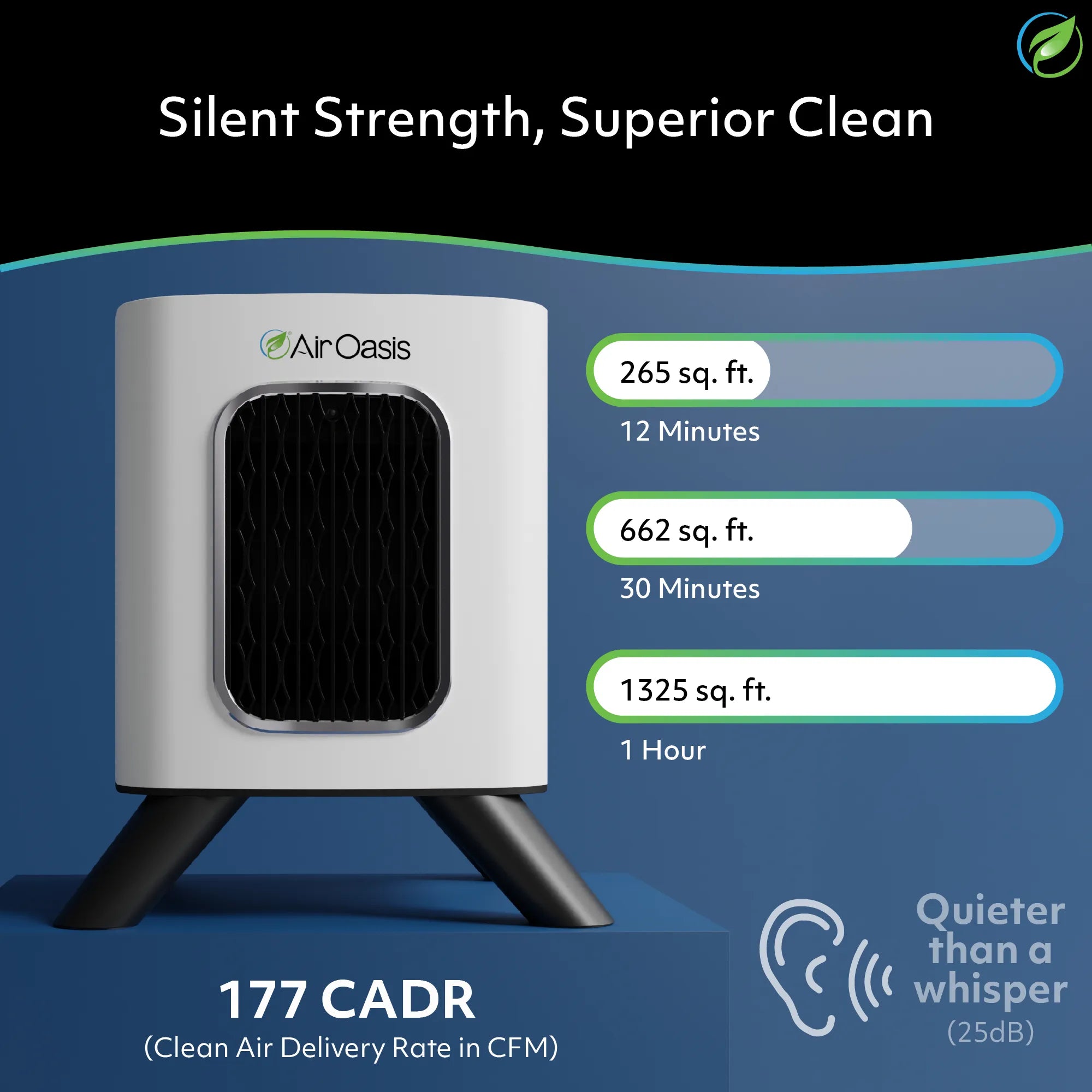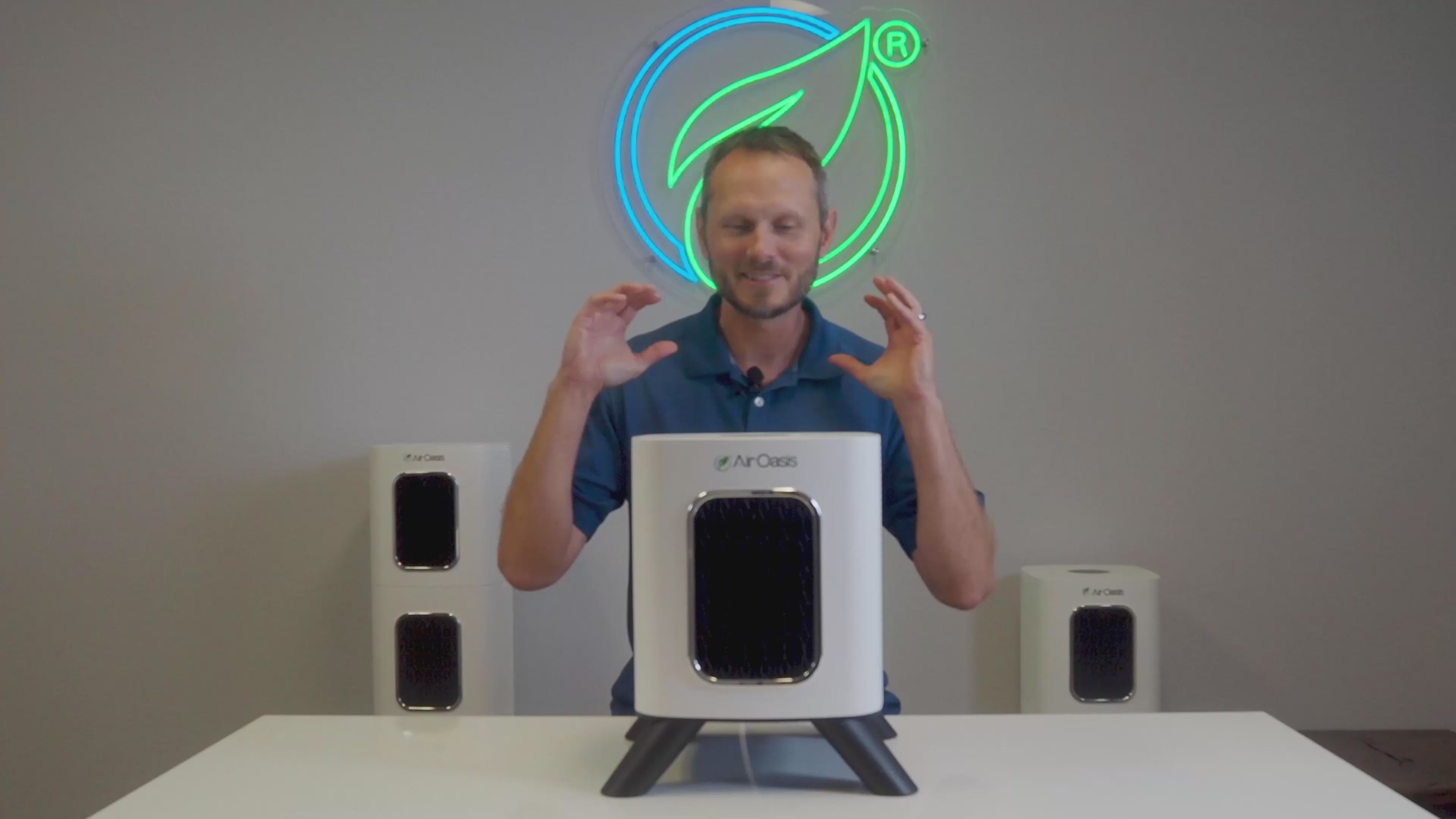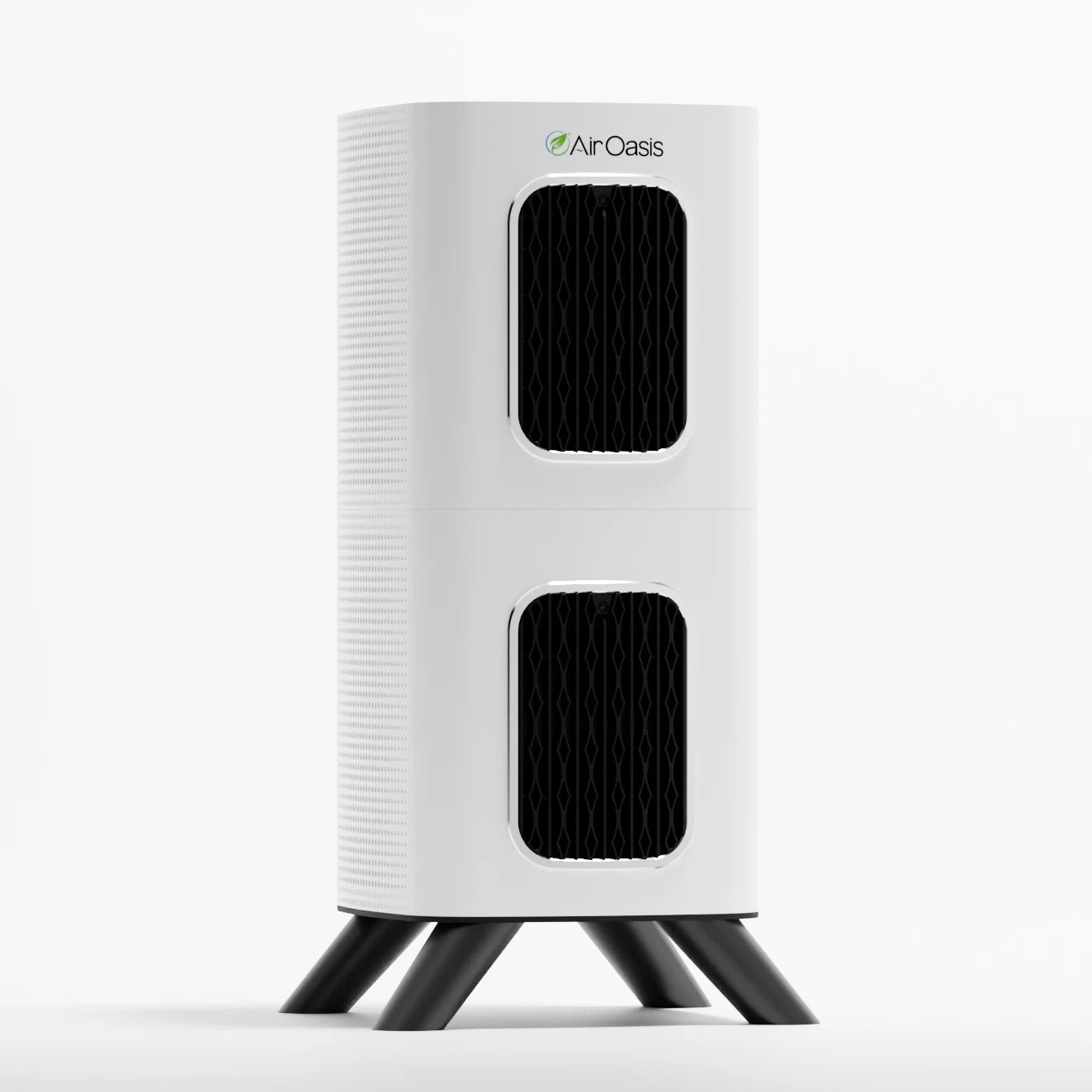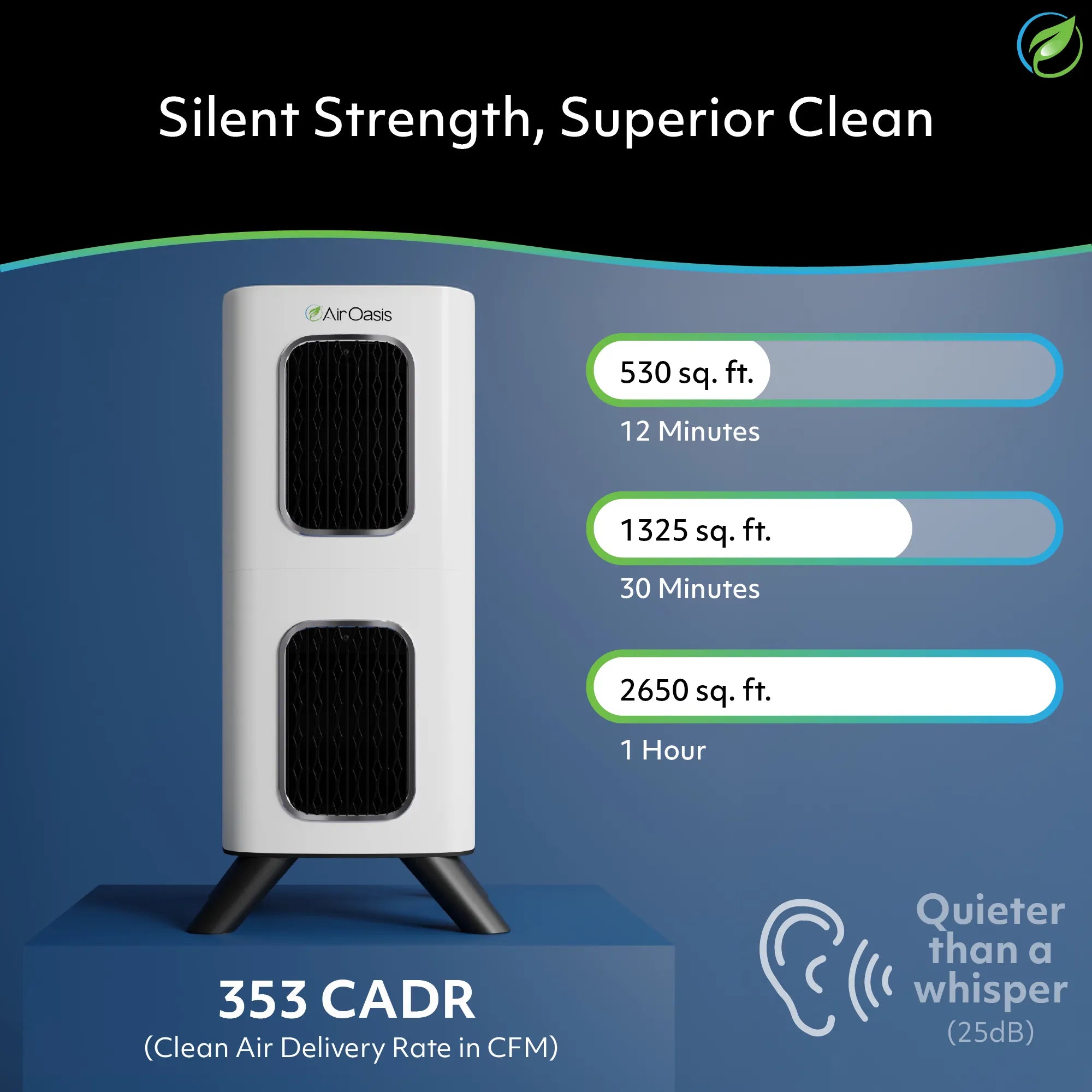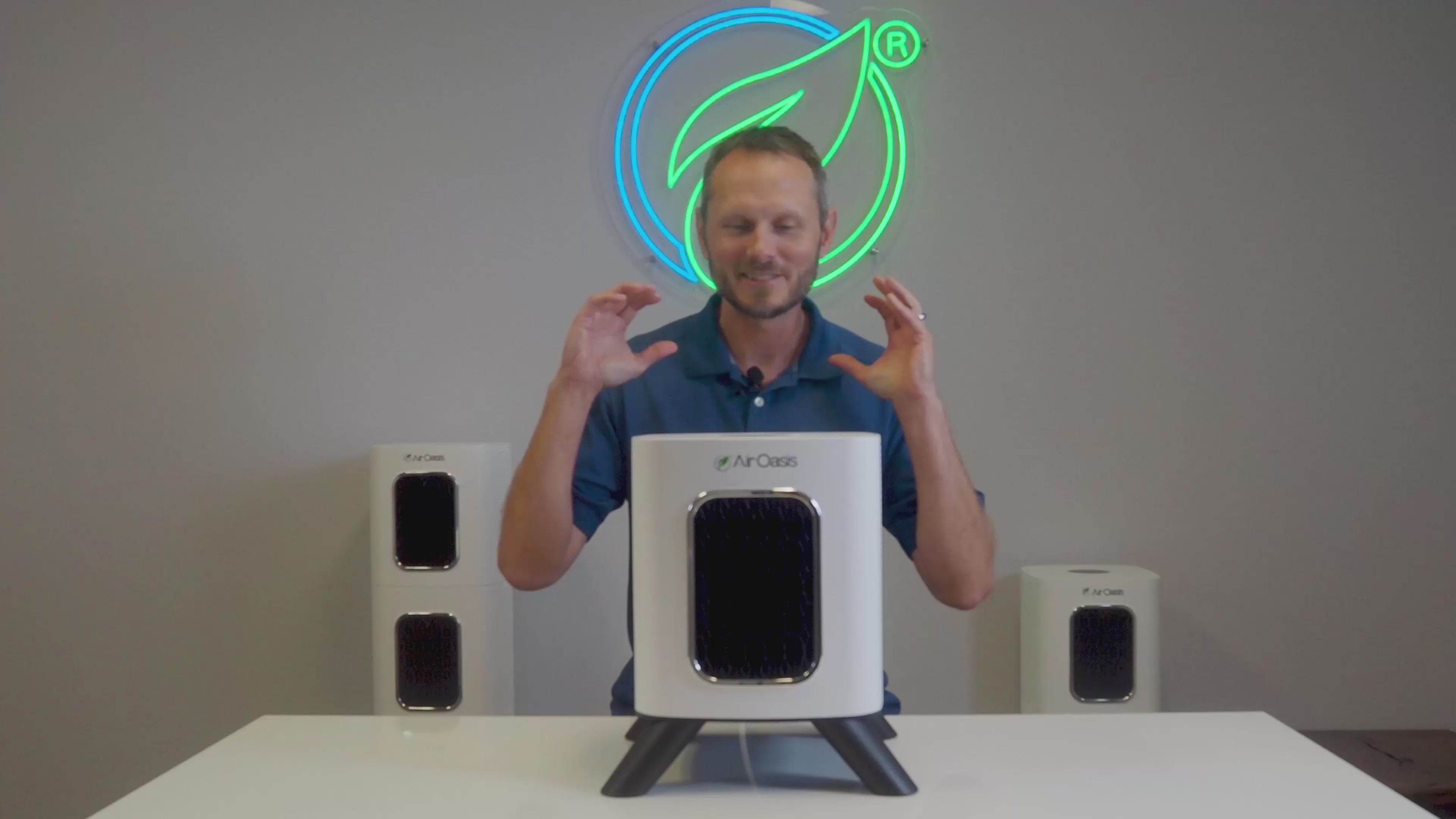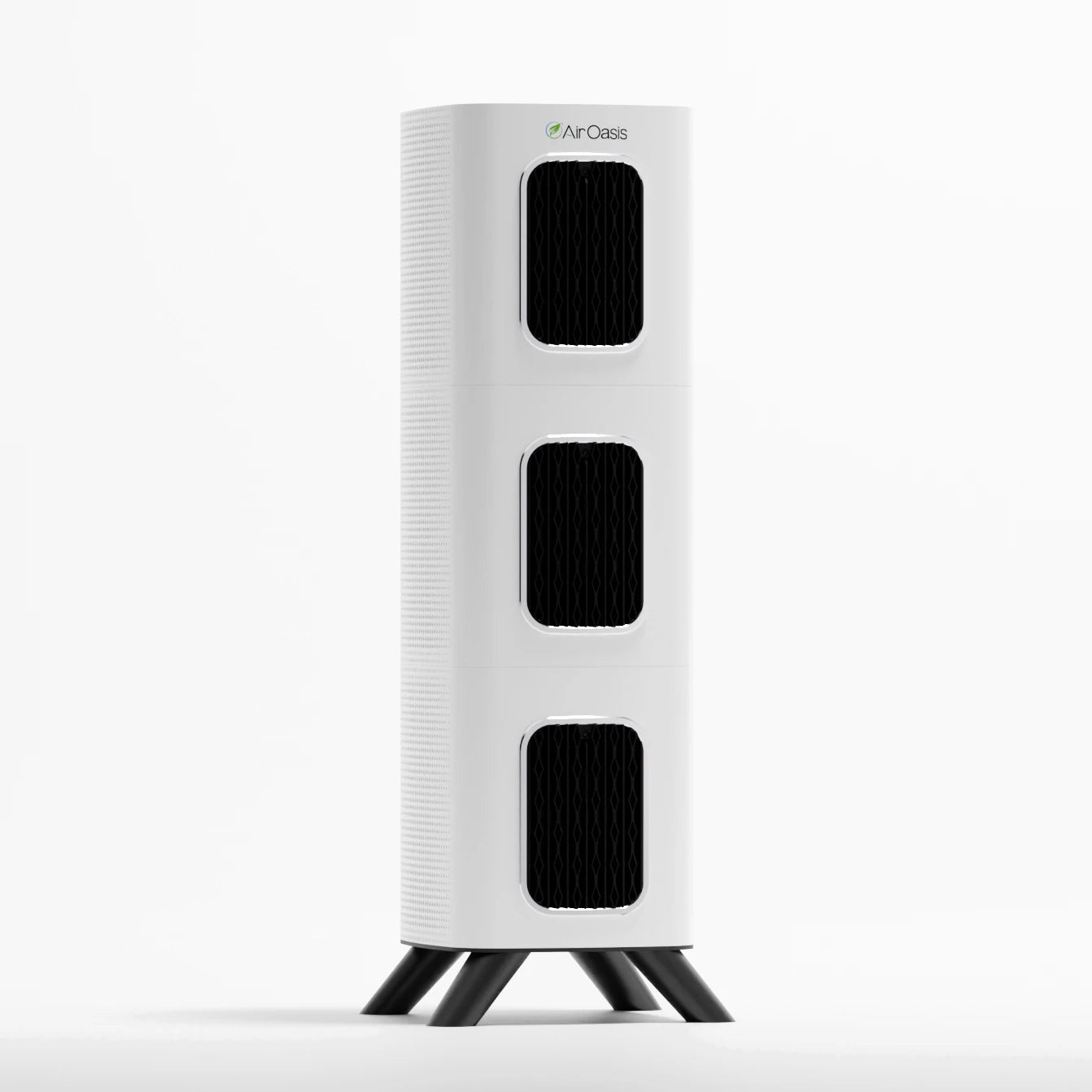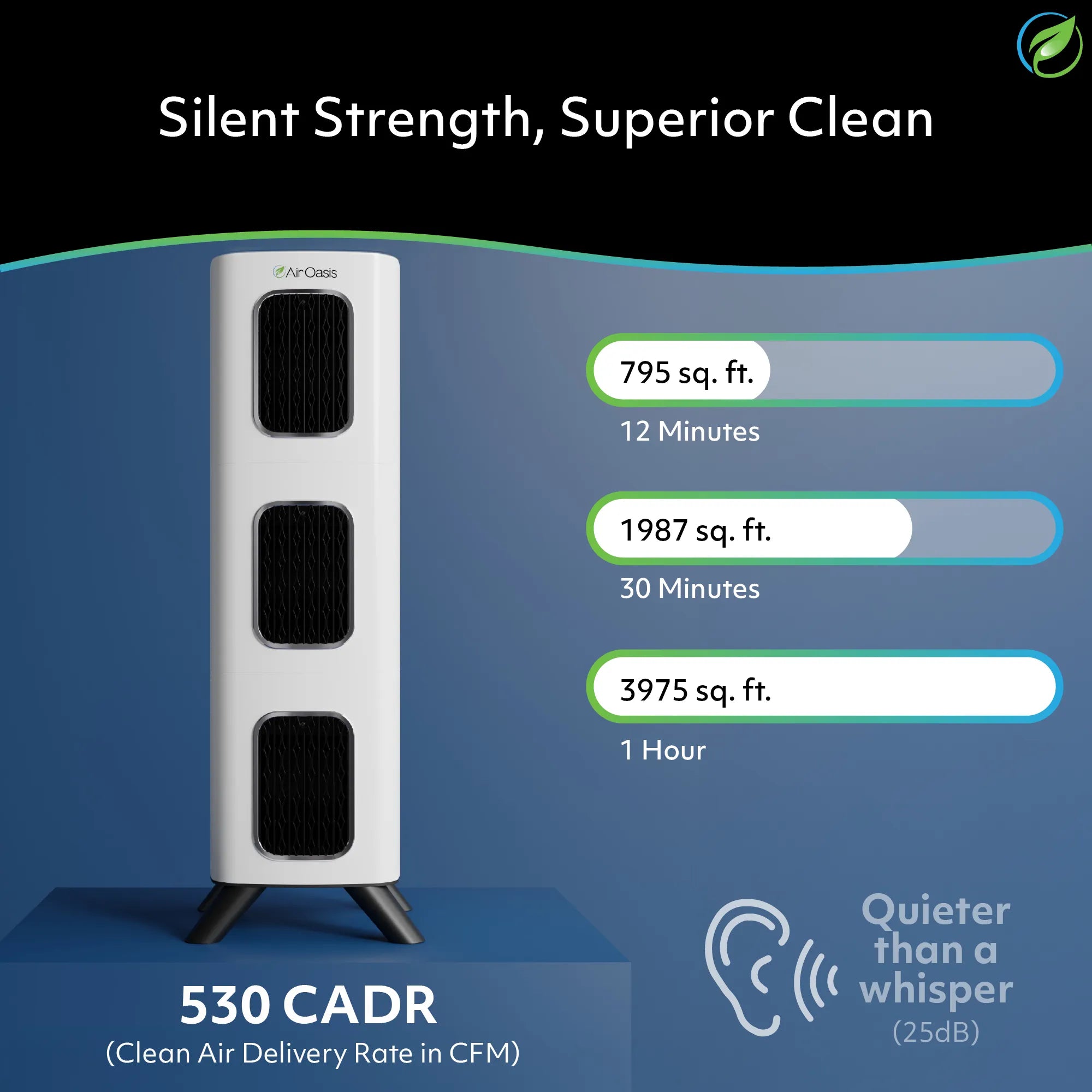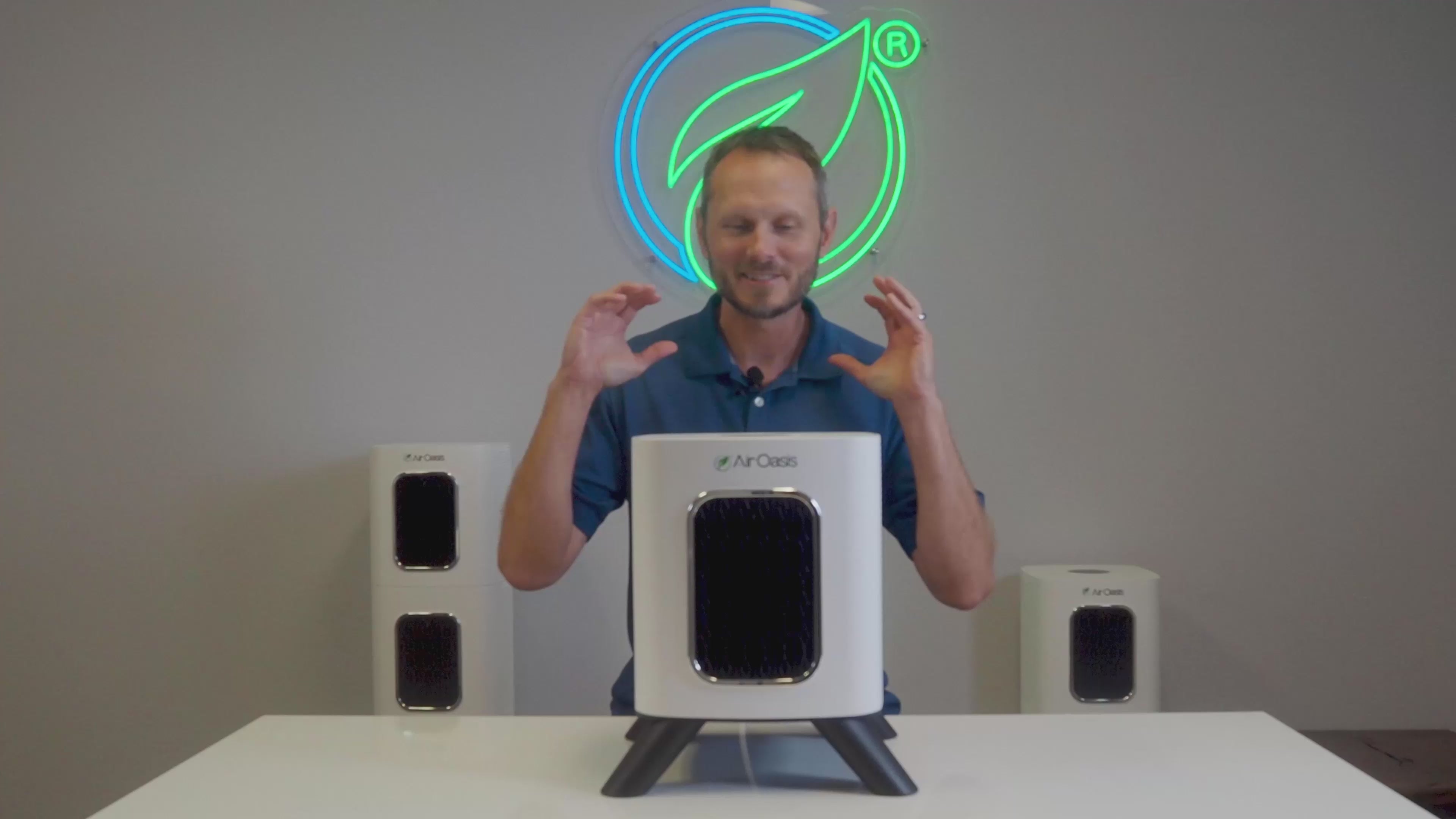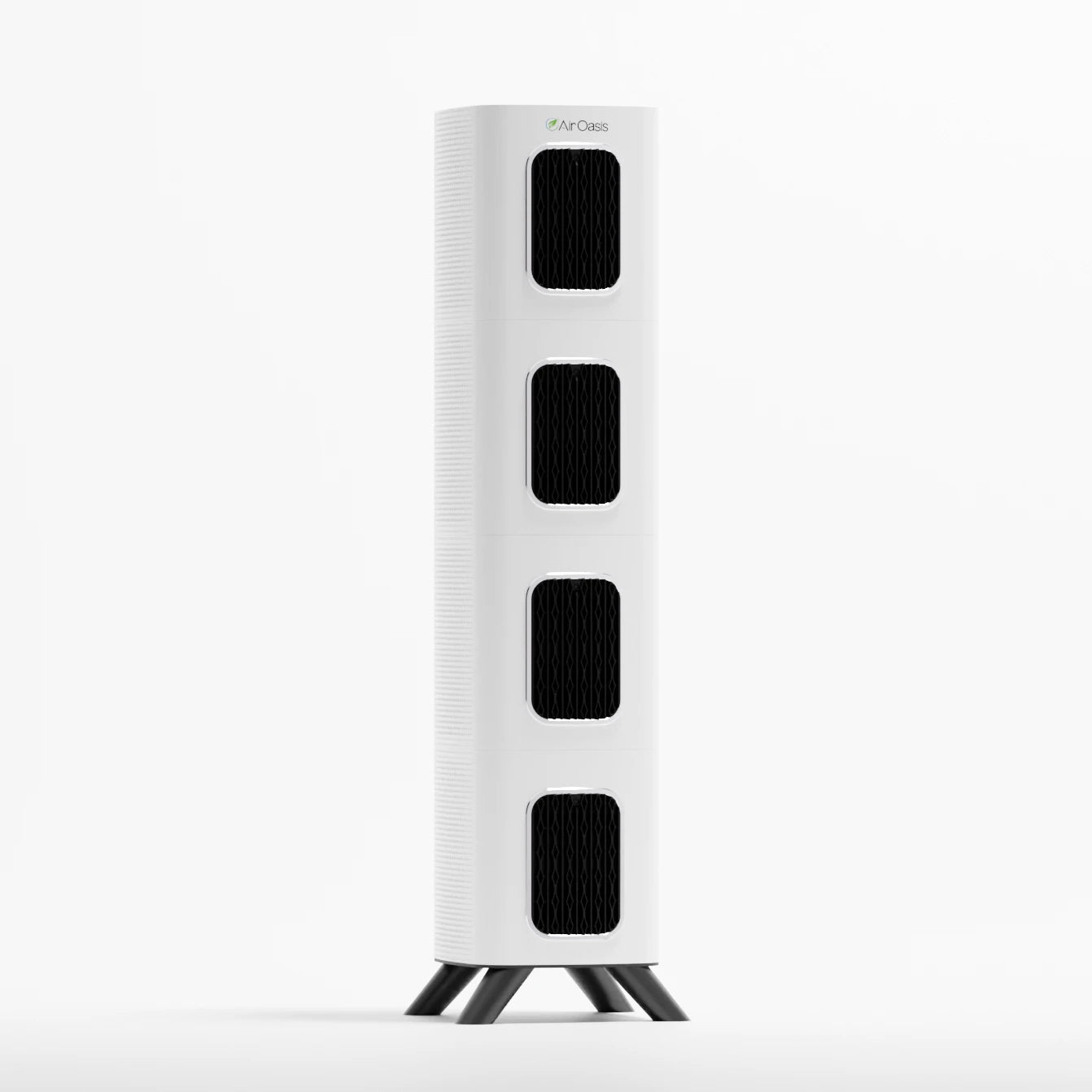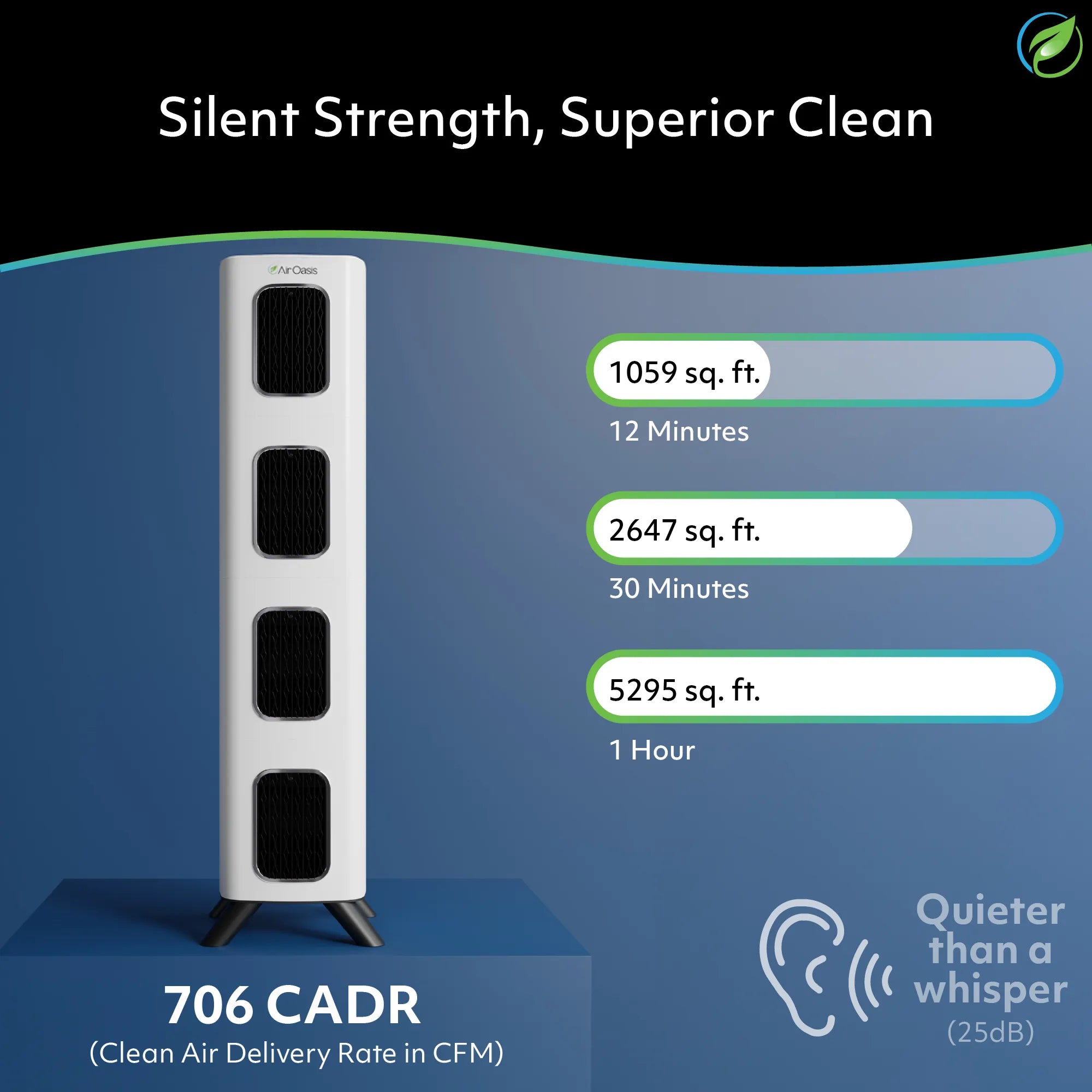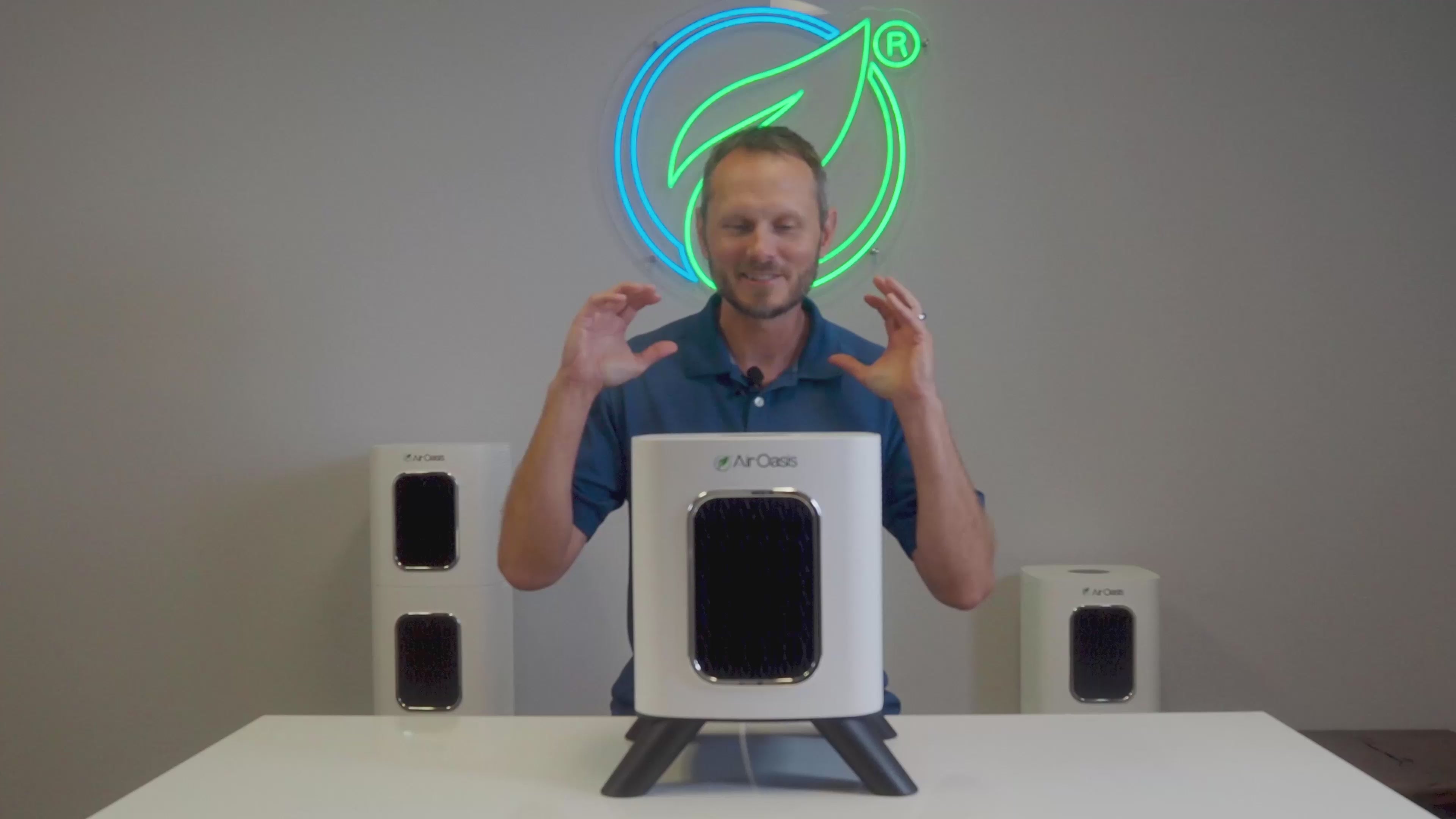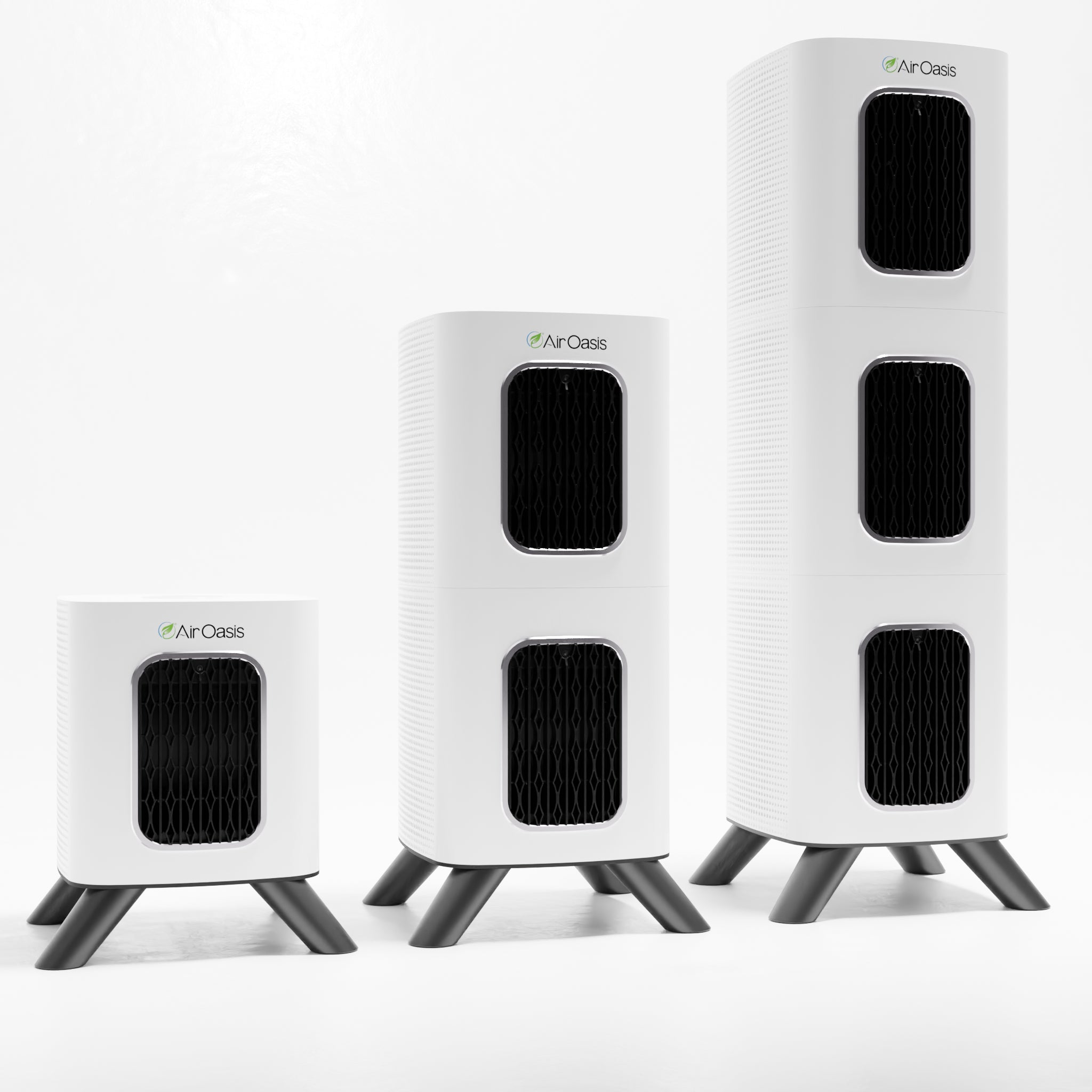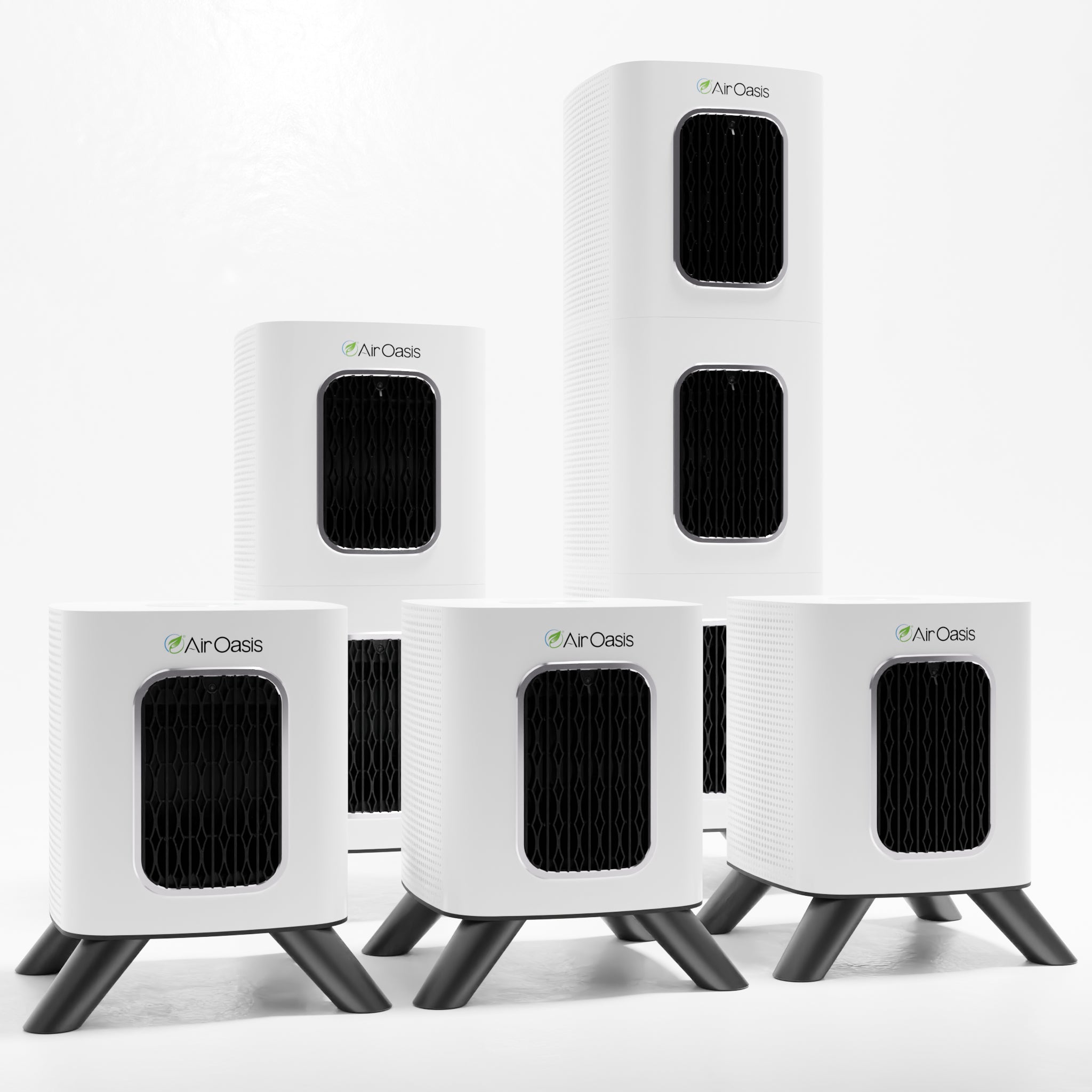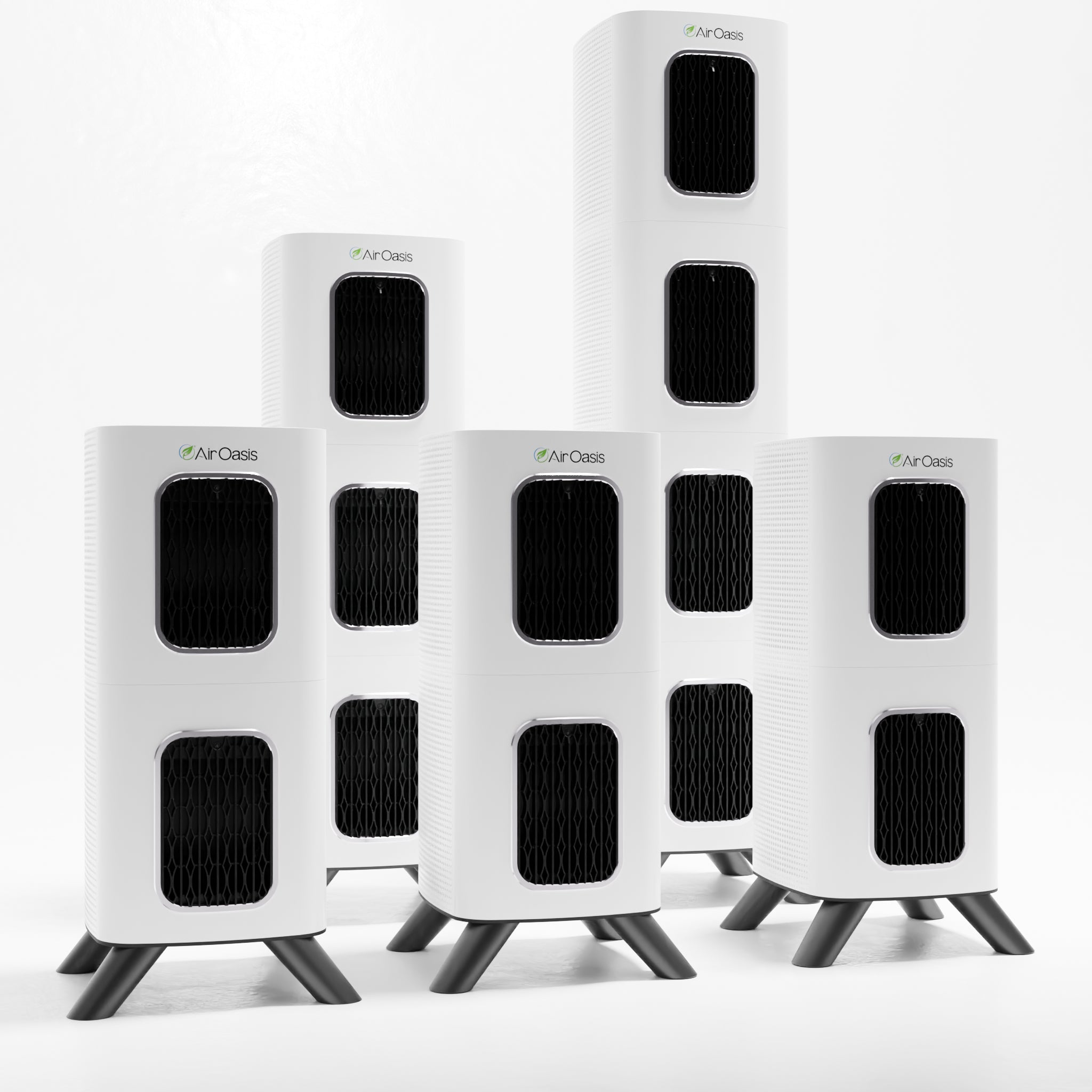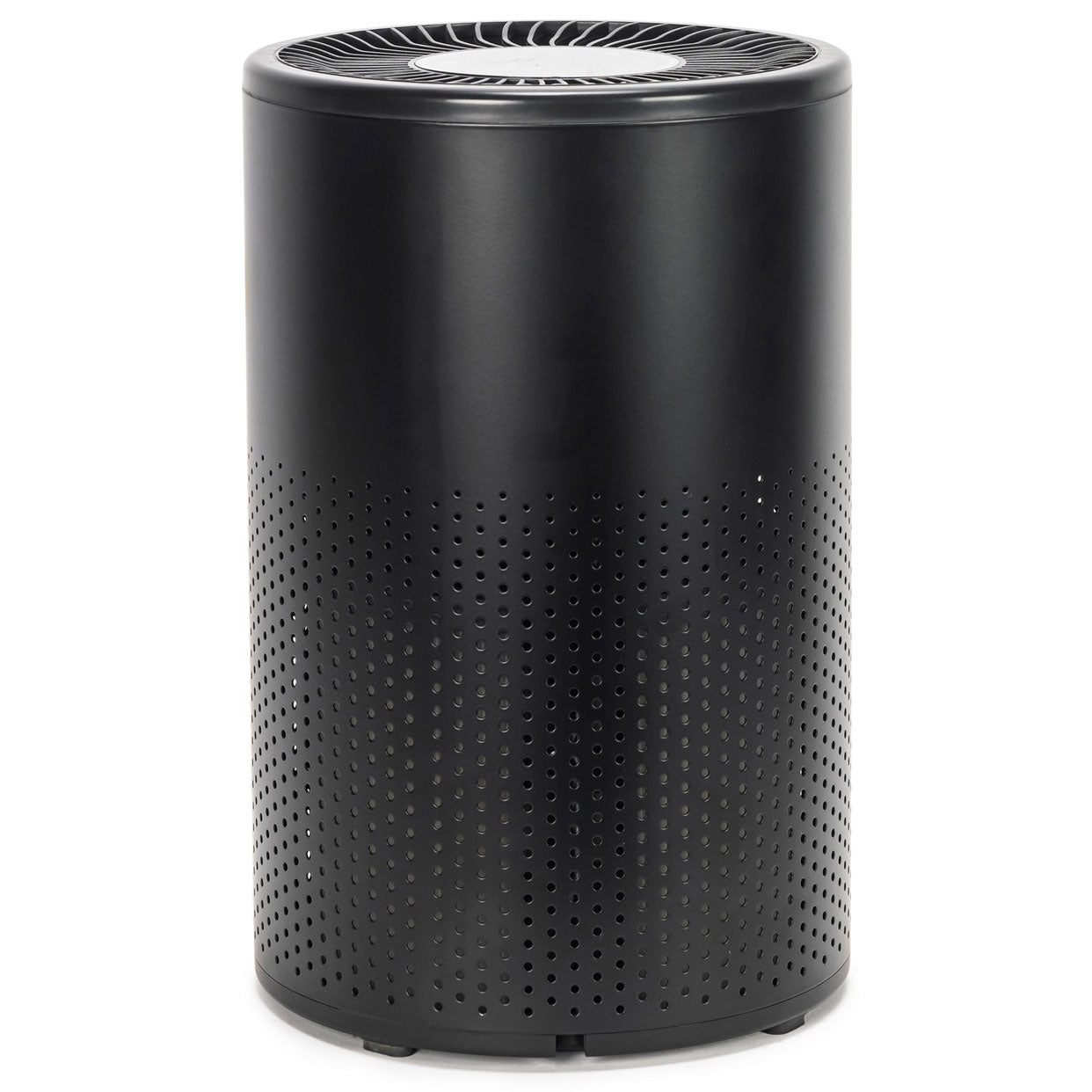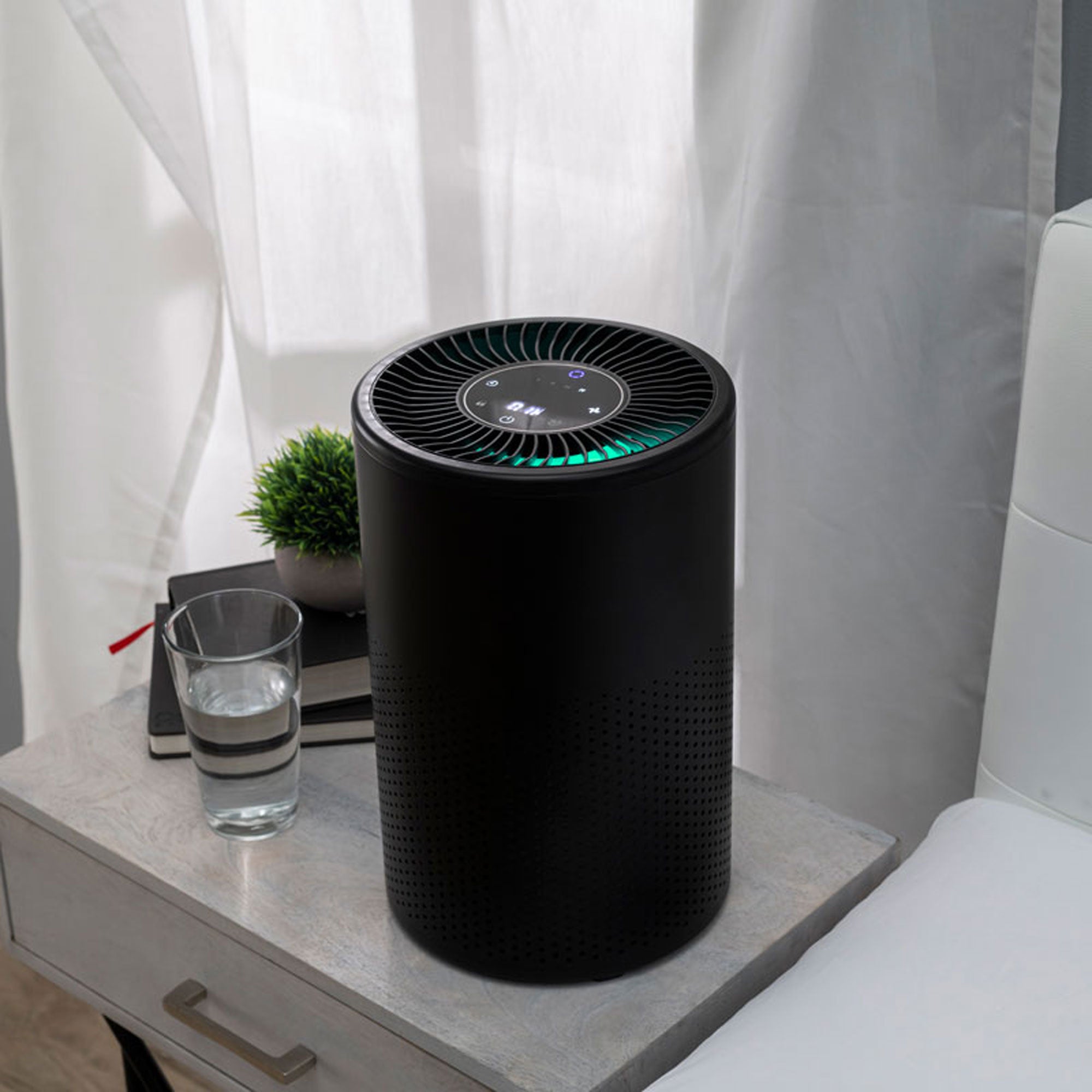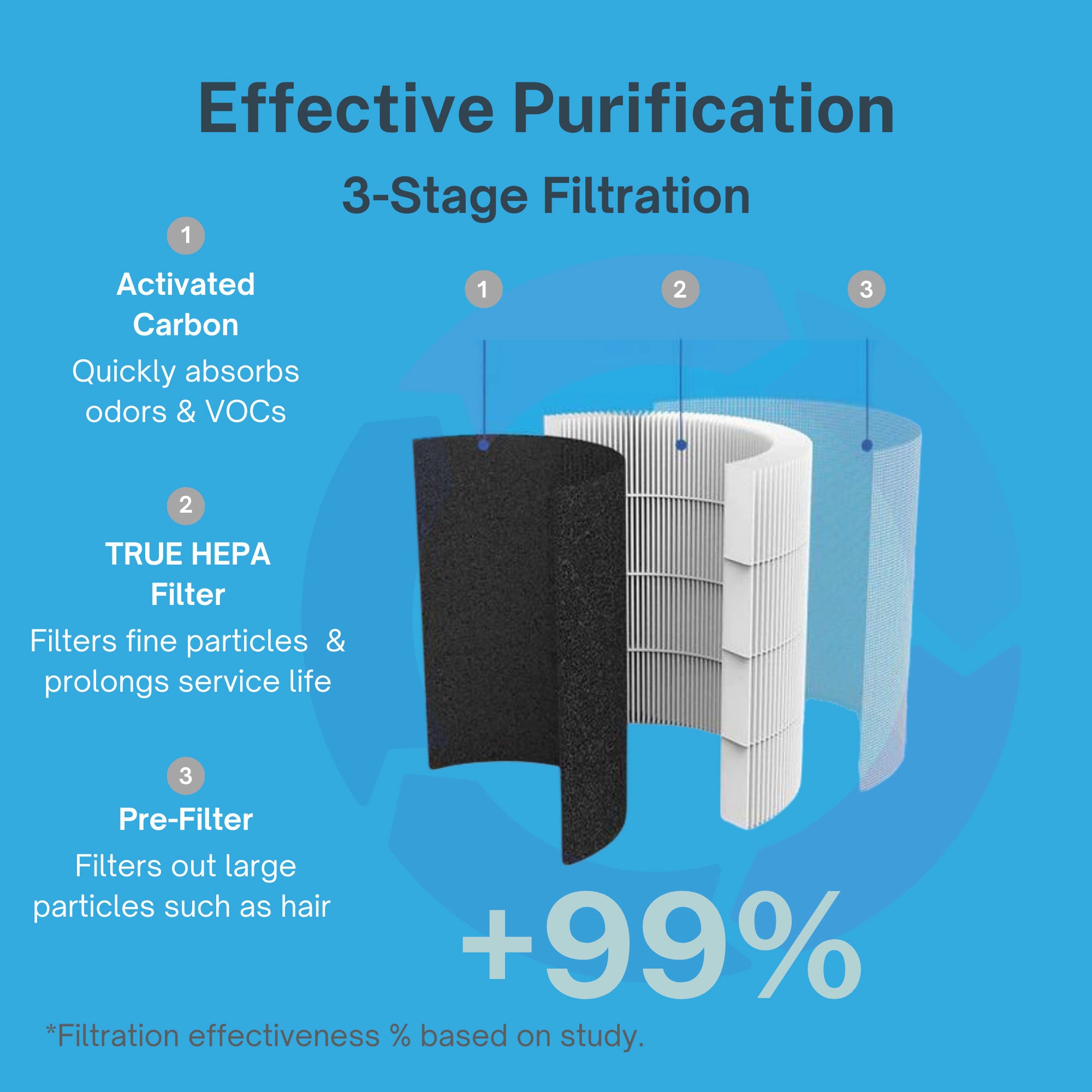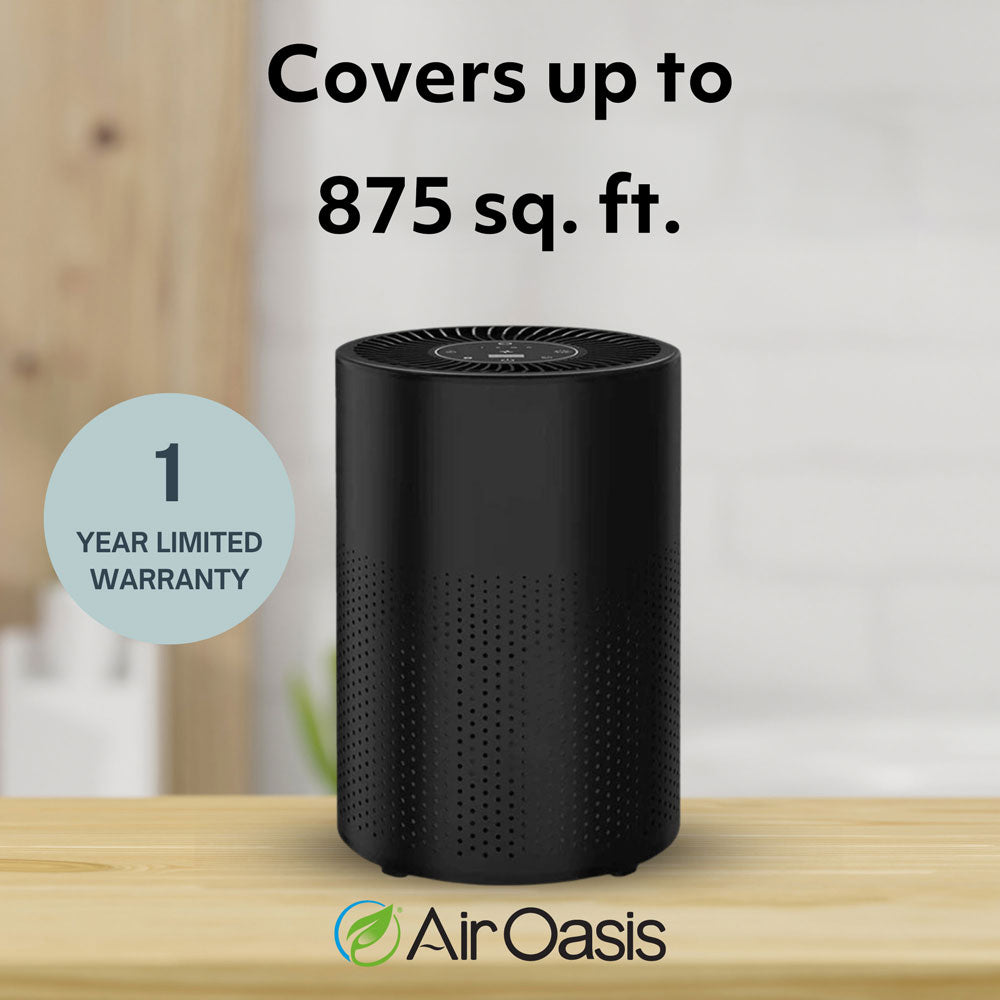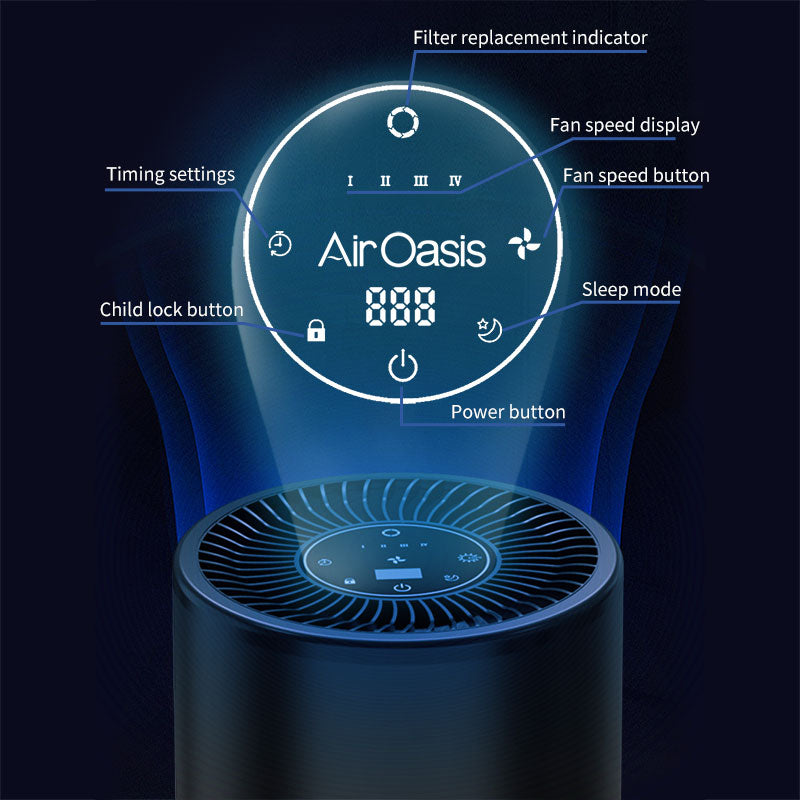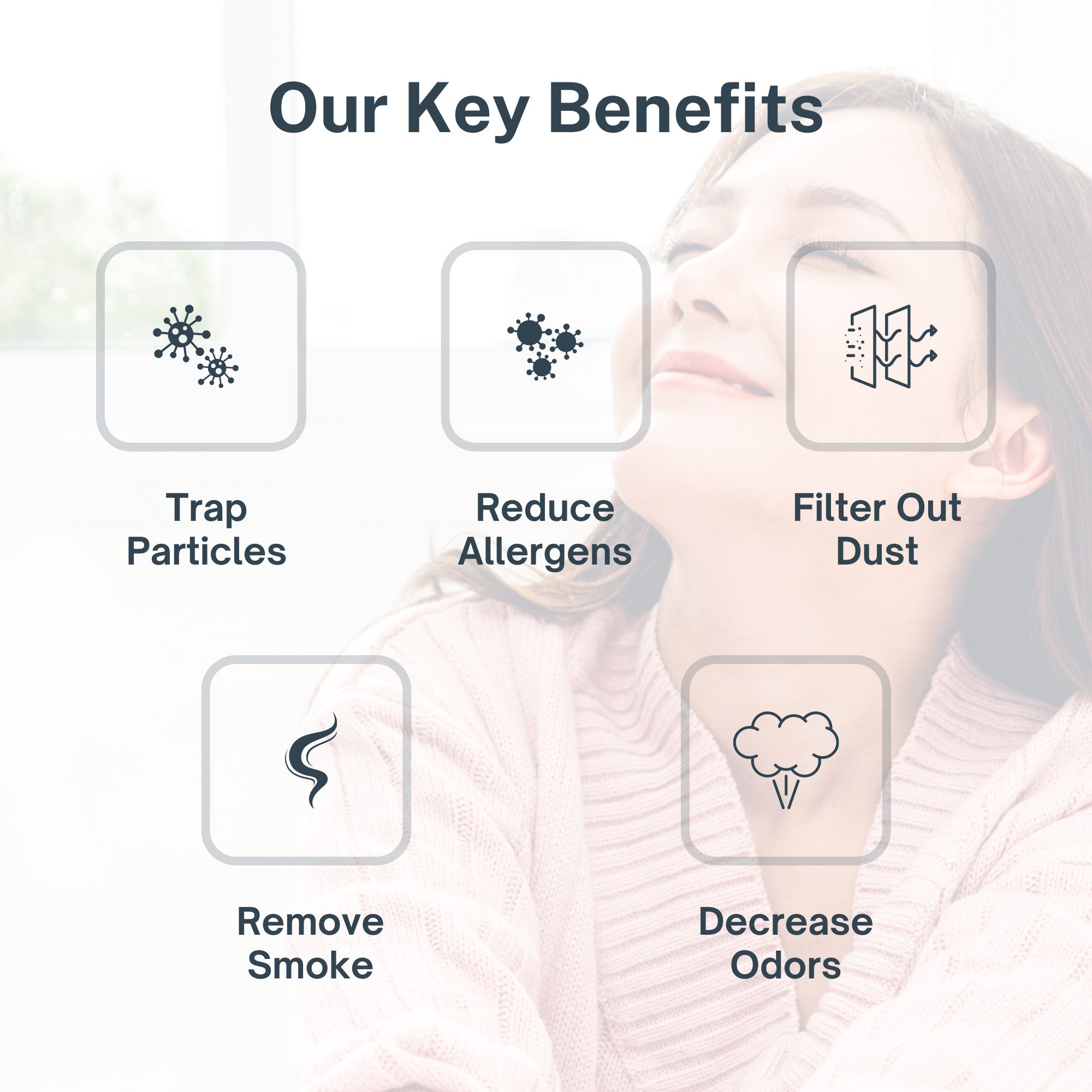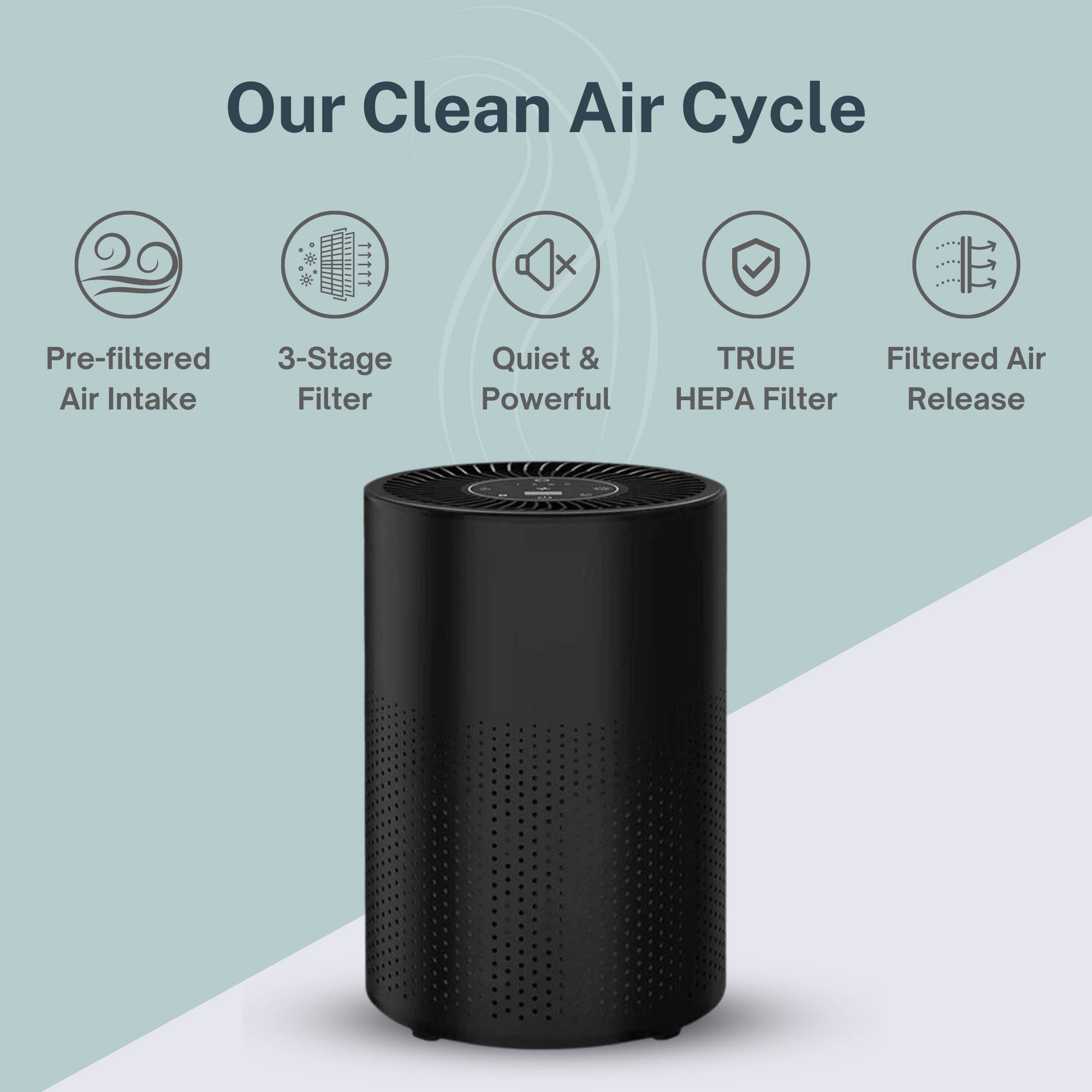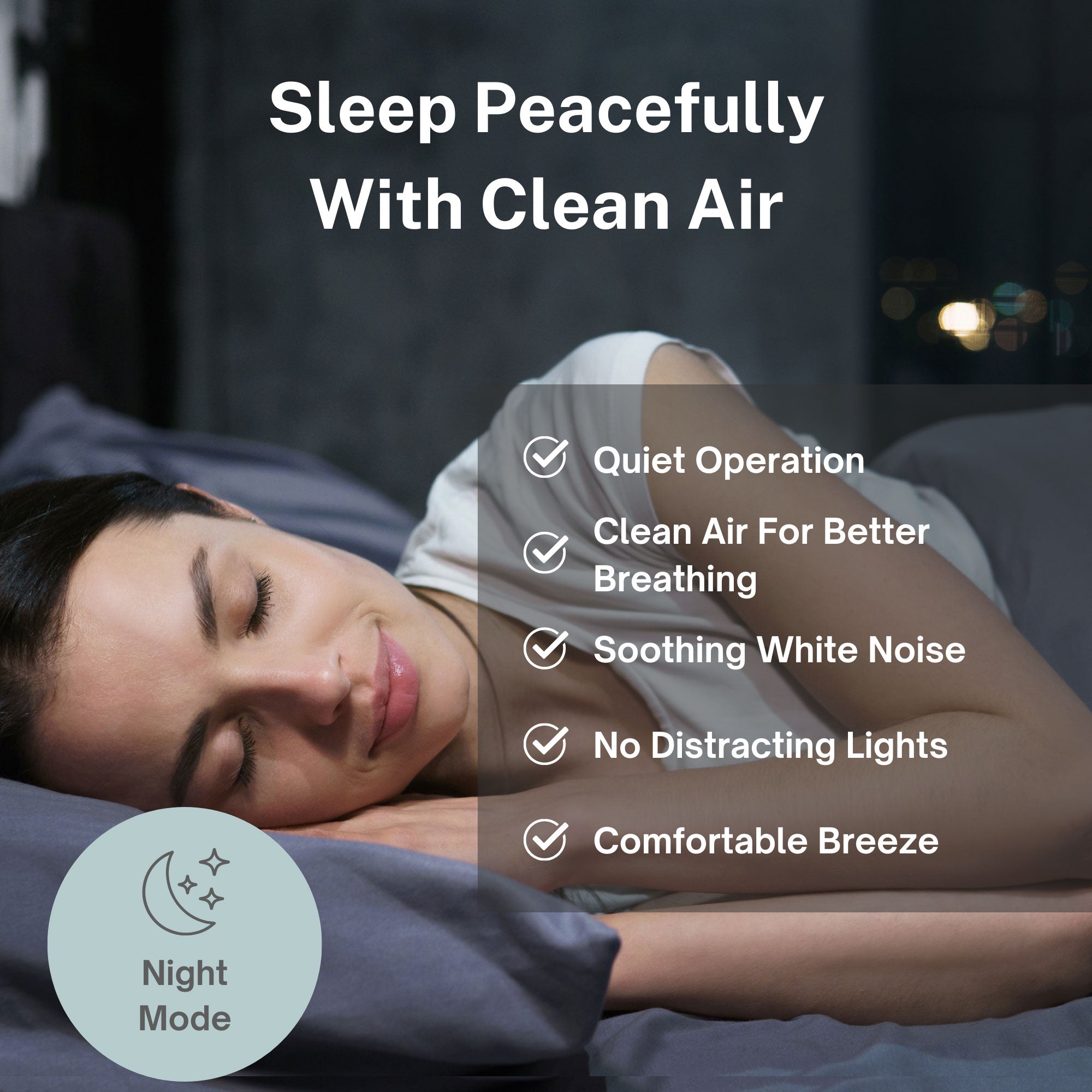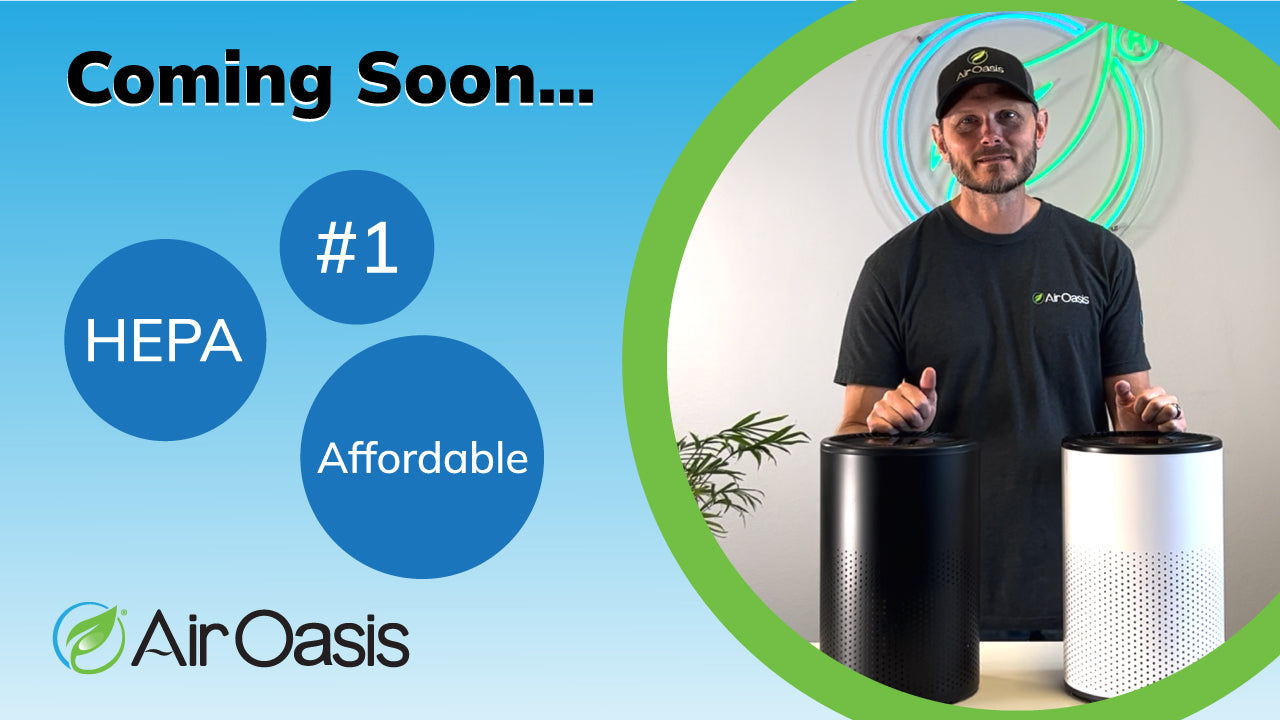Air pollution from industrial facilities has always been difficult to visualize beyond the obvious flaring smokestacks and visible emissions. A new tool from Climate TRACE, a nonprofit climate coalition, now allows Louisiana residents and communities worldwide to see exactly how invisible particulate matter travels from industrial sources into neighborhoods and homes. Introduced at New York Climate Week in September 2025, this mapping technology uses thousands of animated dots to show how pollutants disperse from facilities into surrounding areas on any given day, revealing patterns that make abstract air quality data suddenly tangible and personal.
Understanding Particulate Matter Movement
The Climate TRACE tool models the spread of particulate matter—tiny particles that penetrate deep into lungs and cause heart problems, respiratory disease, and premature death when inhaled regularly. These particles originate from fossil fuel combustion at petrochemical plants, power generation facilities, and industrial operations. The visualization combines pollution datasets with weather information to model how particulate plumes shift as prevailing winds change throughout the day, showing concentration patterns that indicate where ground-level pollution accumulates most heavily.
The technology was initially developed to depict pollution in Louisiana's 85-mile petrochemical corridor along the Mississippi River, an area known as Cancer Alley where severe health problems affect local residents. After demonstrating the effectiveness of visualization in this region, the project expanded globally to cover approximately 9,500 urban areas worldwide. The tool now helps communities understand not just that pollution exists, but precisely how it moves through their neighborhoods and where exposure risks concentrate.
The Data Behind the Visualization
Carnegie Mellon University's CREATE Lab developed the underlying technology by integrating multiple data sources. Satellite data and remote sensing provide accurate tracking of greenhouse gas emissions from industrial facilities. Monthly facility emission reports get converted into daily averages since companies don't report particulate matter emissions on a daily basis. The system also models worst-case scenarios showing what pollution plumes look like on days with peak emissions.
While the tool cannot provide precise measurements of community exposure levels at specific locations, the density of modeled particles indicates where more pollution reaches ground level. This limitation stems from available data constraints rather than technological shortcomings. The visualization serves as a powerful educational and advocacy resource even without precision measurement capabilities, making pollution patterns comprehensible to residents, community organizers, and local officials who previously lacked tools to understand pollutant dispersal.
From Louisiana to Global Implementation
The decision to expand beyond Louisiana's Cancer Alley emerged from recognizing that particulate pollution affects communities near industrial facilities worldwide. The connection between climate change and public health crises driven by particulate pollution from fossil fuel combustion deserves greater attention than it typically receives. Both pollution and greenhouse gas emissions originate from the same sources, yet these dual impacts often get examined separately rather than as interconnected threats to community wellbeing.
The tool already supports some subnational governments, business leaders, and organizations seeking to choose suppliers with lower emissions profiles. The hope is that companies might reconsider supply chains when confronted with visual evidence of how their operations contribute to disease burden in nearby communities. Information alone accomplishes nothing unless communities transform it into action, but empowering residents with clear visualization of pollution patterns provides the foundation for effective advocacy and accountability.
Protecting Indoor Air From Industrial Pollution
While community advocacy for cleaner industrial practices remains essential, families living near emission sources need immediate protection. Industrial particulate matter infiltrates homes through ventilation systems, windows, and structural openings, making outdoor pollution an indoor air quality crisis. Medical-grade HEPA filtration captures 99.97% of fine particulate matter before it circulates through living spaces and enters lungs. Comprehensive air purification systems with activated carbon address both particulate matter and the volatile organic compounds that industrial facilities release alongside particle pollution.
Real-time air quality monitoring inside homes reveals exactly when outdoor pollution events affect indoor environments, allowing families to understand their actual exposure rather than relying solely on regional air quality data. Advanced filtration technology creates genuine refuge from industrial pollution, protecting respiratory health when outdoor air quality deteriorates due to facility emissions or unfavorable wind patterns that concentrate pollutants in residential areas.
Creating Safe Indoor Environments Near Industrial Sources
The Climate TRACE visualization demonstrates that millions of people worldwide live in areas where industrial particulate matter regularly disperses through their communities. Understanding pollution patterns represents an important advocacy step, but protecting family health requires immediate action. Comprehensive indoor air purification provides the protection communities need while working toward longer-term industrial emissions reductions. Shop Air Oasis today and create a home where industrial pollution stays outside, not in the air your family breathes.





